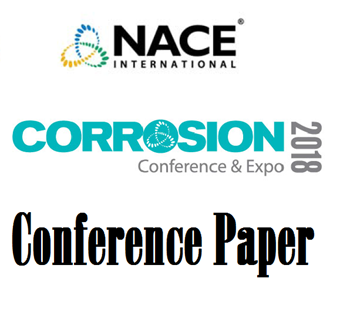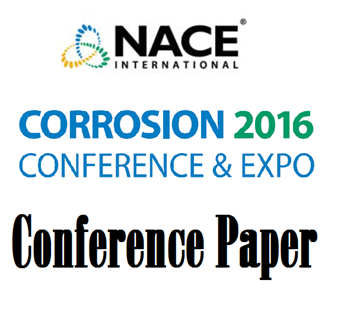Search
51318-11529-Evaluation of macrofouling crevice characteristics in MIC of steel
Also Purchased
51318-11398- Modeling of Microbiologically Influenced Corrosion (MIC) in the Oil and Gas Industry - Past, Present and Future
Product Number:
51318-11398-SG
Publication Date:
2018
$20.00
08505 MIC of Steels by Iron Reducing Bacteria
Product Number:
51300-08505-SG
ISBN:
08505 2008 CP
Publication Date:
2008
$20.00
51316-7347-Quantifying the Risk of MIC
Product Number:
51316-7347-SG
ISBN:
7347 2016 CP
Publication Date:
2016
$20.00




